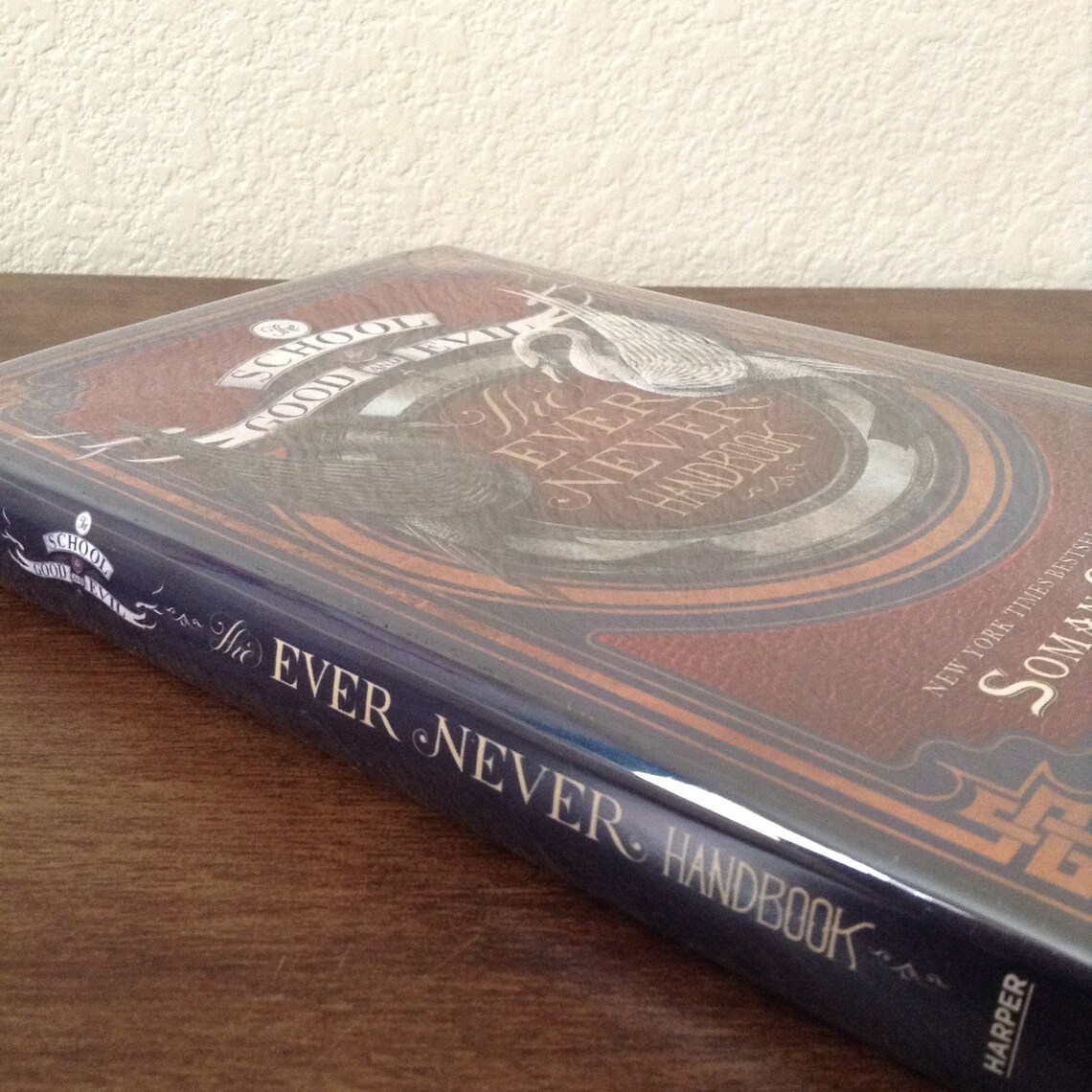

This is changing due to the economic climate, and to stay competitive many fiction titles, especially from newer authors, are coming out in paperback to entice readers with a lower price point. Traditionally, fiction comes out first in hardcover and later in paperback. Penguin released a beautiful set of hardcover editions for people looking for that classic aesthetic that only hardcover brings. Books that can be found in hardcover are frequently in the genres of business, coffee table/art, first-edition fiction, or collector’s editions of classics. Genre is one of the biggest indicators for format. That said, there are many reasons a consumer might prefer a hardcover book, including durability, style, and longevity.

Consumer price preference in price is also important considering the rise in ebook sales, which cannibalized hardcover sales in the last quarter of 2010, according to Bowker. This bears repeating-if you print in hardcover and subsequently price your book higher, you risk losing sales because of the high price point. Because hardcover is more expensive to the consumer, you could encounter readers who just don’t want to pay $21.95 for a book they could otherwise get in paperback for at $16.95. The retail price a consumer will pay for a book is largely dictated by the format, and retail buyers have strict guidelines about how a book can be priced.Ī paperback book is often significantly cheaper than a hardcover book. So if you’re making arrangements to have your book printed, how do you decide which format is best for your book? Here are the three main determiners. The book title and author's name are often stamped onto the cloth binding, and hardcover books typically come wrapped in a dust jacket with artwork. Here the pages can be glued or sewn into the spine, making the spine more flexible so that the book can lay flat when opened. Hardcover (also called casebound or hardbound) books have covers that are sturdier, usually made from thick cardboard wrapped in cloth. Mass-market books are usually smaller in trim size and fatter with a thinner, lower-quality stock and cover. Mass-market is a type of paperback you often see used for romance novels or thrillers. When we talk about paperback book printing, we typically mean trade paperbacks, which are the 6x9 or 5.5x8.5–inch books you see most often in bookstores. Paperback (also called soft cover or perfect-bound) books usually have a cover made from paperboard or a very thick stock, and the pages are attached to the binding with glue. Hardcover vs. paperback or mass market-how do you decide which is right for your book? Book Formats We’ve written before about print-on-demand versus traditional printing, but we thought it might also be helpful to discuss binding style. If you’re taking the reins on how your book is being printed, you’ve probably already come to face-to-face with the many available options.


 0 kommentar(er)
0 kommentar(er)
